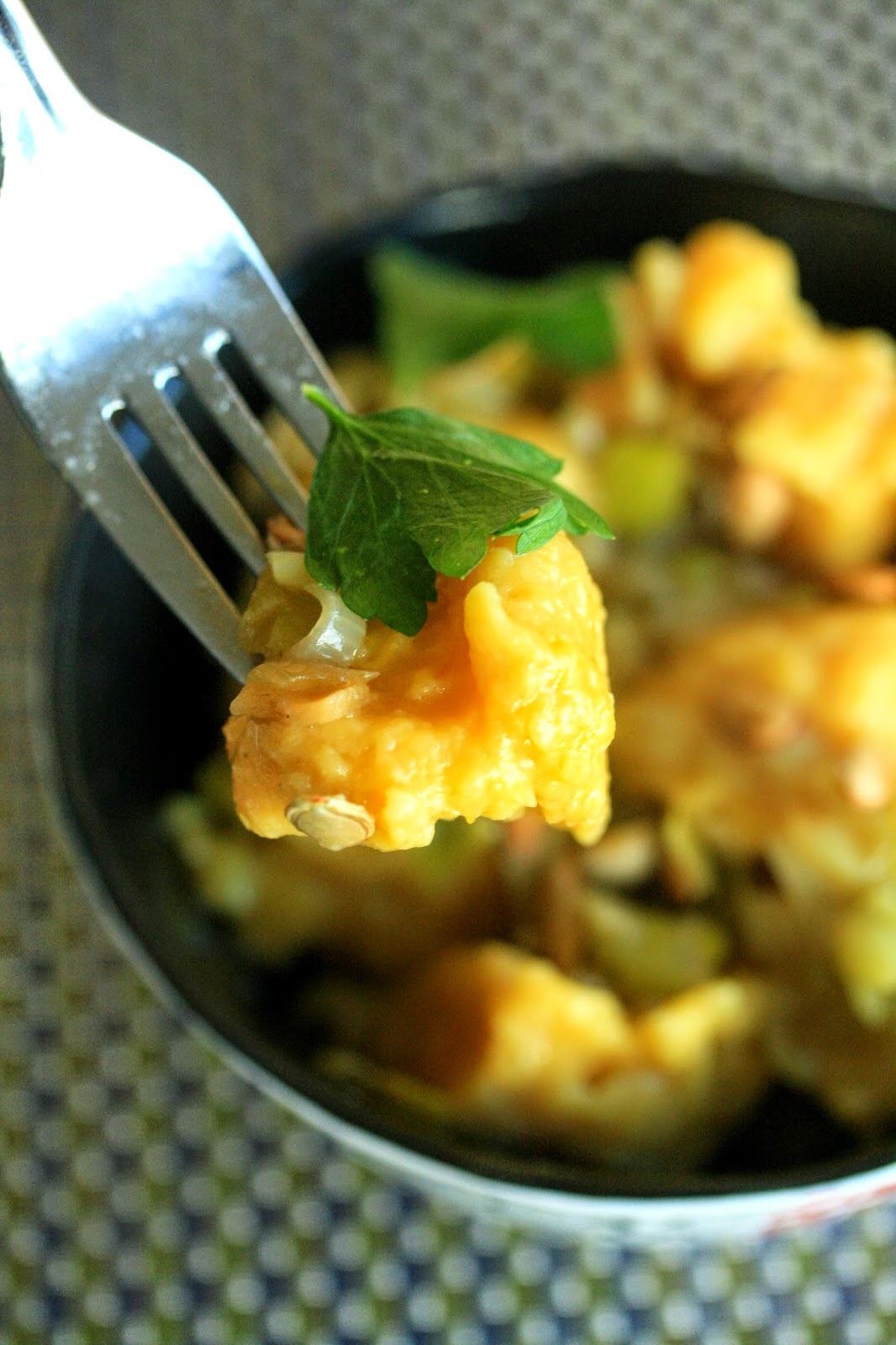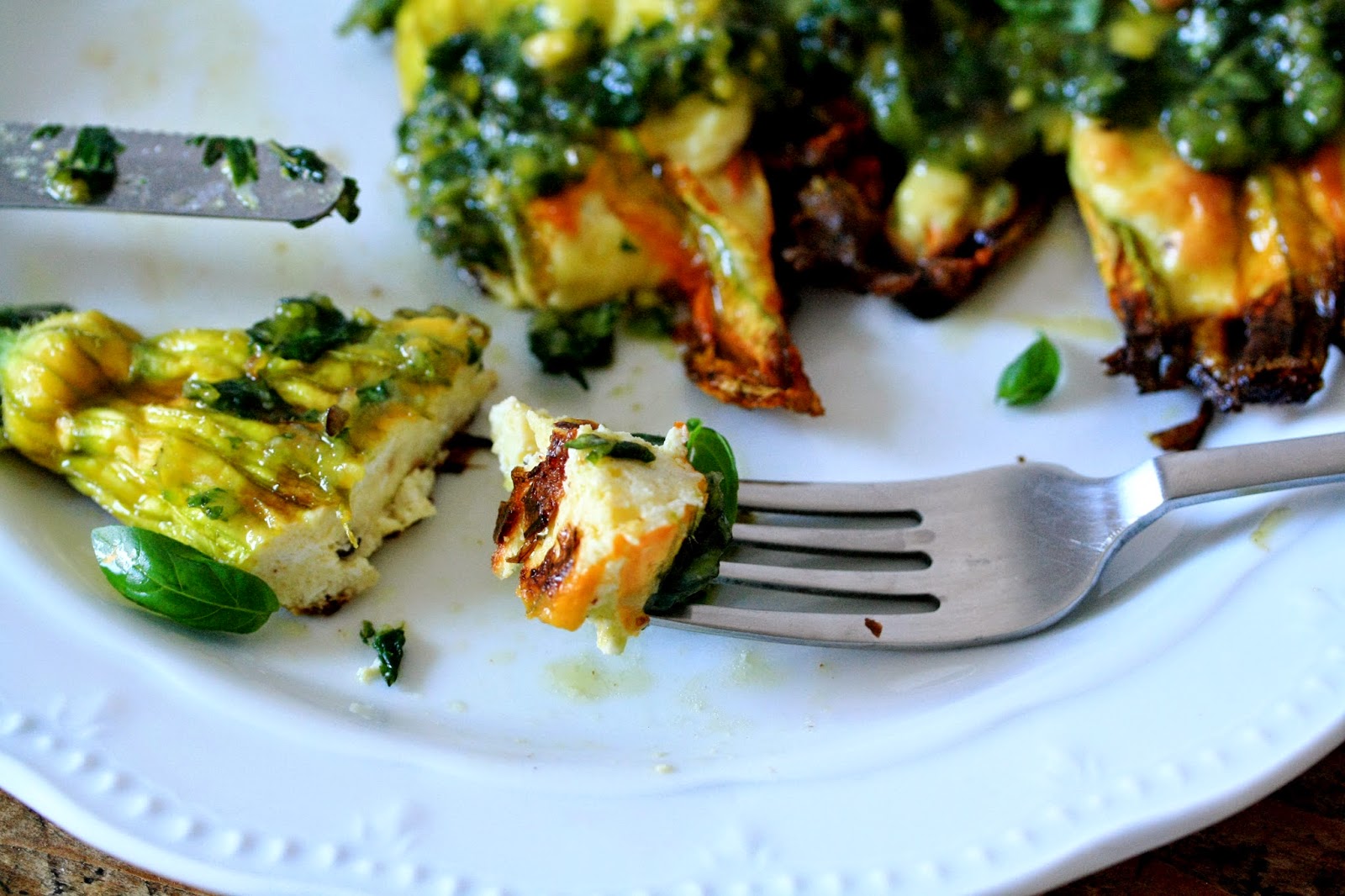Fall gave a reminder of its proximity to winter these past two days by gracing Philadelphia with cold rain and wind. Two days in a row I looked out my window, saw rain slashes on the glass, and for some reason decided an umbrella was too heavy of an item to carry around all day. Consequently, I trudged through the wind and rain cursing myself for my lazyness two days in a row. Apparently I don't learn from my mistakes.
Luckily, the second day of ugly weather was brightened by this schiacciata al'uva, or grape focaccia. It's a Tuscan specialty, traditionally made in September when the wine grapes are being harvested, and I had been meaning to make it for some time now. When I made a trip down to Trader Joe's one day, I came across the right grapes and vowed to make the focaccia before they went bad.
I really enjoyed this focaccia for its rustic appearance and its savory-sweet, perfect-for-fall flavor. The grapes roast and burst in the oven, forming pockets of musty sweetness in the springy dough and bringing a softness to the bread wherever they are nestled. I added rosemary because it goes well with grapes and I felt it would tie the whole thing together as a cold-weather snack.
Rosemary Grape Focaccia
dough:
500 g 00 flour
1 packet dry yeast
olive oil
salt
condiment:
concord grapes
dried rosemary
Make the dough: Dissolve the yeast in 50ml tepid water. In a large bowl, mix together the flour and a hefty pinch of salt. Add the yeasty water and mix, then incorporate about 200ml more of tepid water and knead until you form a cohesive ball. If more water is needed because it seems dry, add it a little bit at a time. The dough should be elastic and uniform, not all that sticky. If it is too sticky, just add more flour. Knead the dough on a flat surface until it is uniform, then form it into a ball, cut an X shape into the top and cover the bowl, let it rise until doubled in volume.
Once it is done rising, oil a baking sheet and divide the dough in half. Knead it again briefly, then roll out half the dough to about 1/2 inch thickness and put it in your oiled sheet. Cover this half with halved concord grapes and sprinkle some rosemary on top, to your liking. Don't overcrowd the grapes as they may make your focaccia soggy if you add too many.
Now, roll out the other half of the dough and lay it on top of the first one, making a type of sandwich. Cover this layer with whole grapes and more rosemary, then drizzle with oil and sprinkle some salt on top. Let this rise for another hour.
Once it has risen again, preheat the oven to 400 degrees and bake for about 20-30 minutes until it turns a golden brown color. This is best enjoyed straight from the oven when the grapes are still oozy, but it is great at room temperature as well. Enjoy!







































